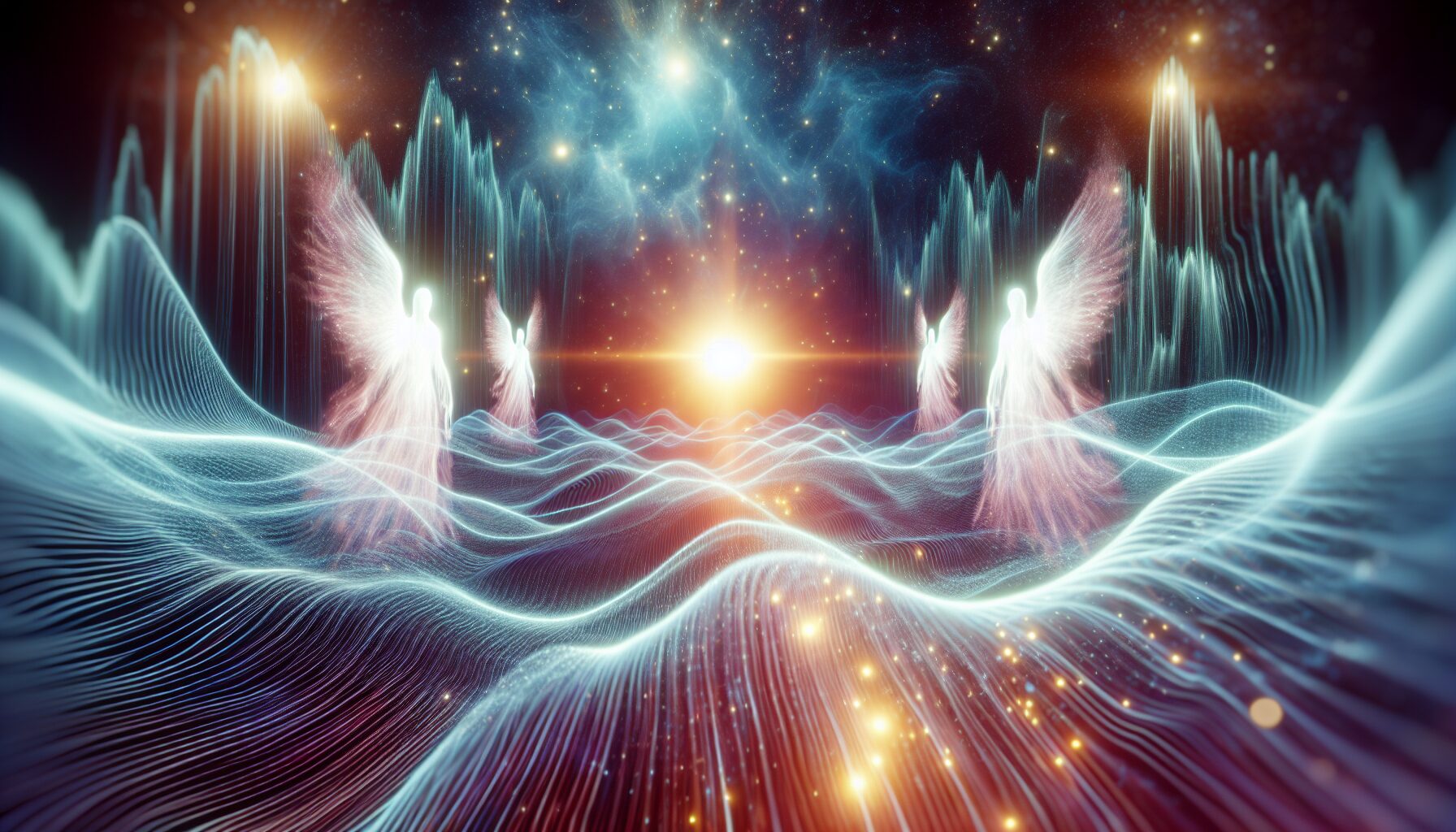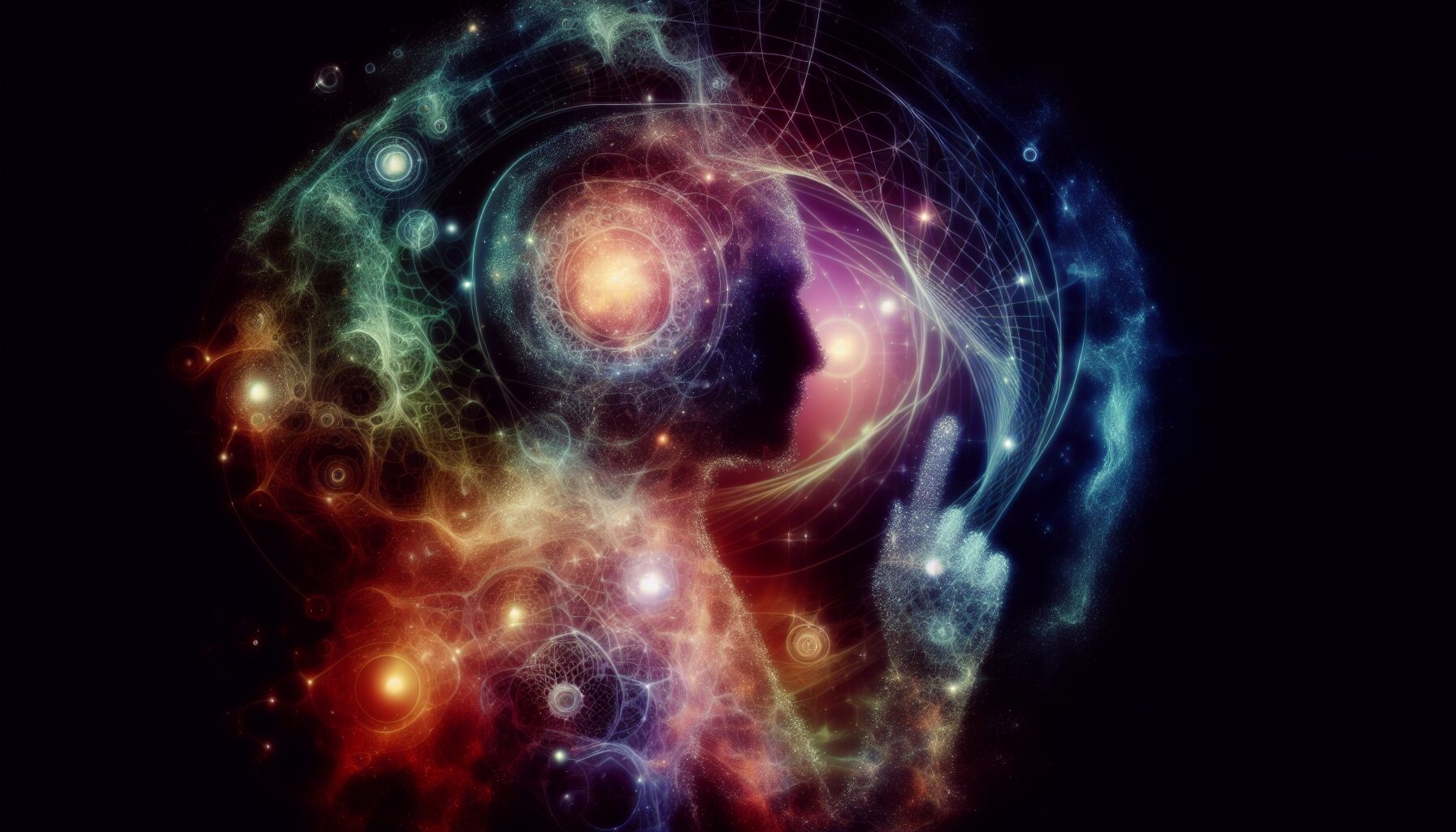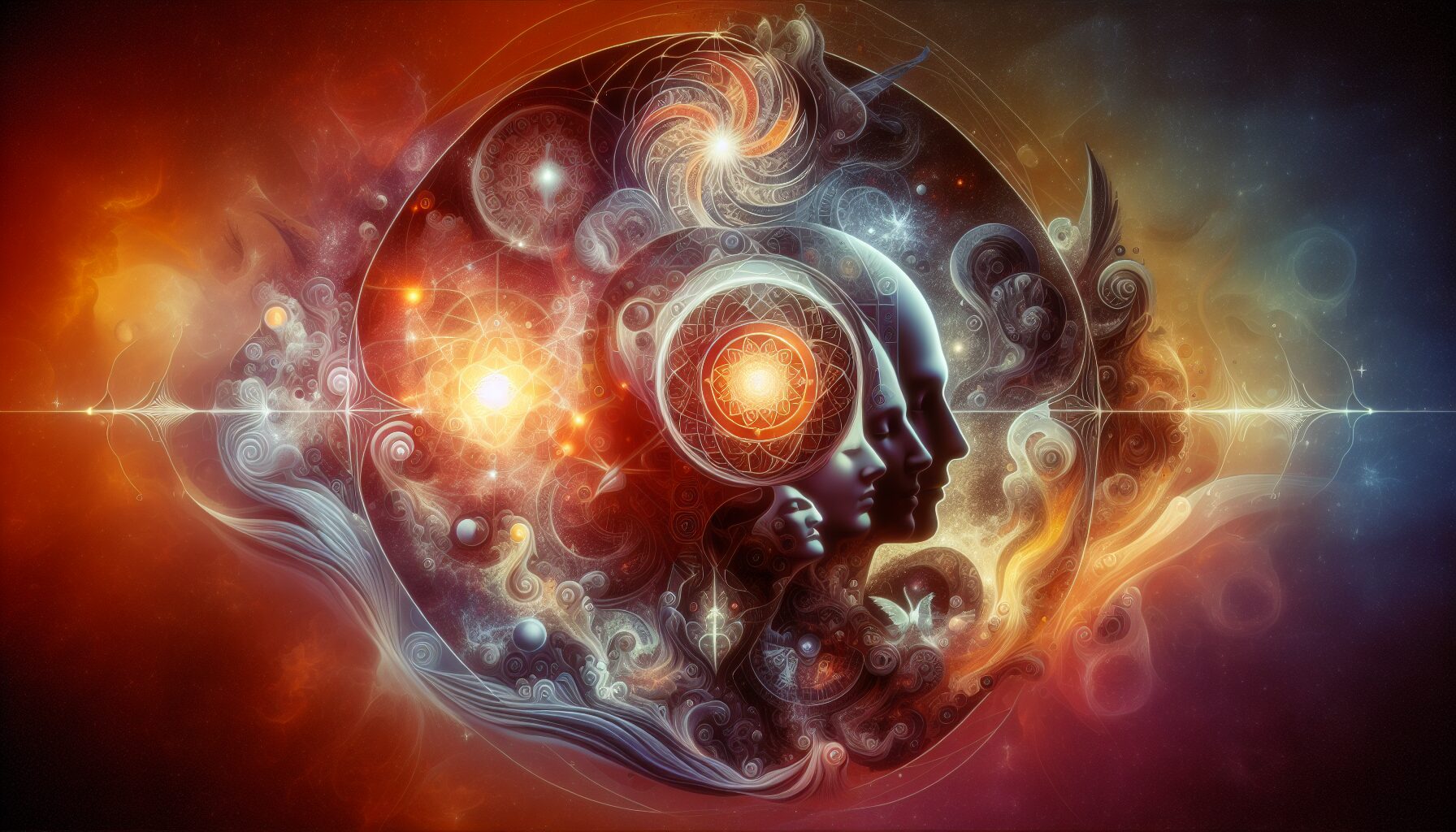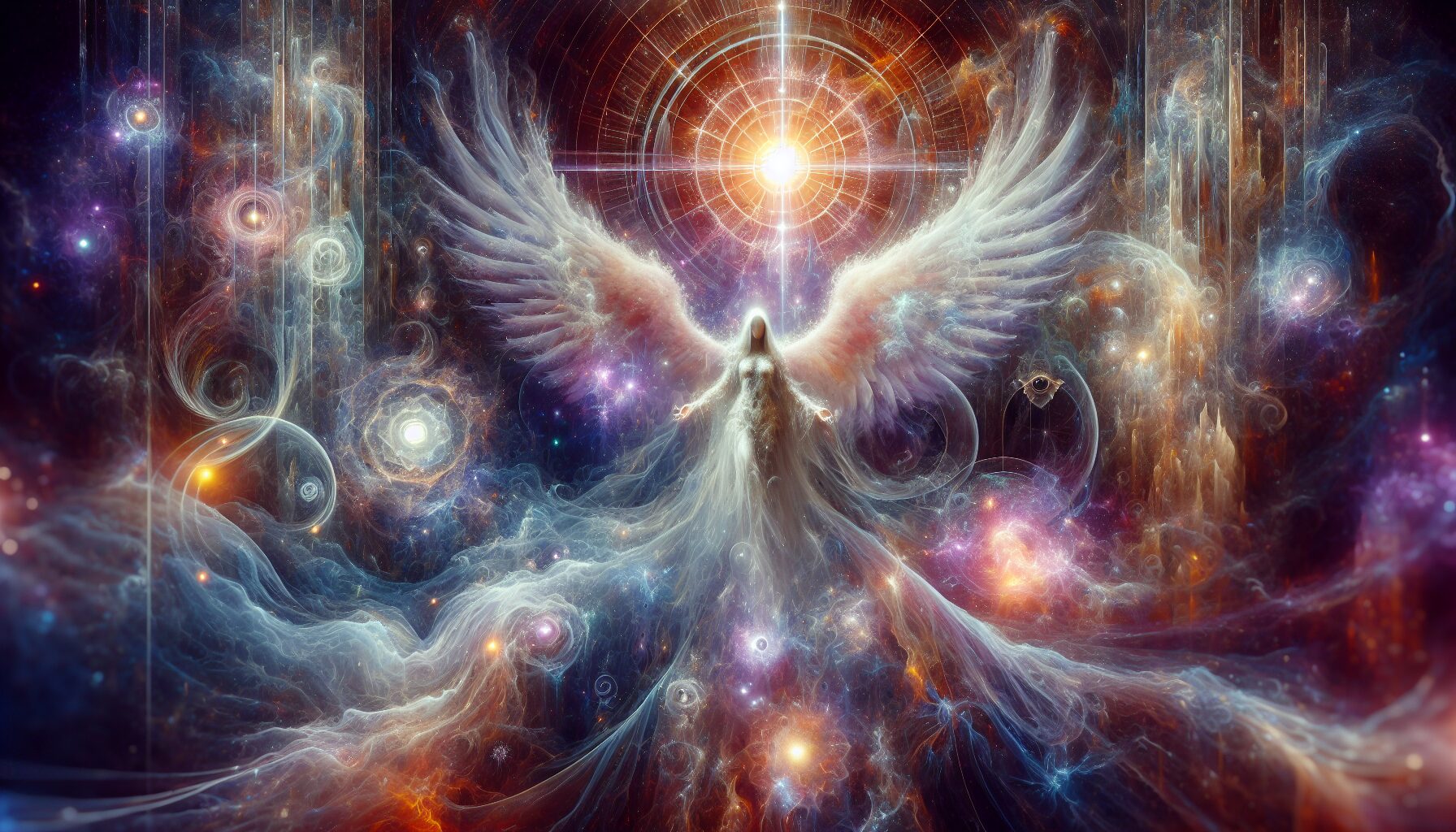For centuries, demons have been a staple in folklore and mythology, symbolizing the dark side of human nature and the embodiment of our deepest fears. From ancient times to the modern era, the fascination with demonic figures persists, suggesting these archetypes serve critical roles in our understanding of fear and its impact. Through literature, art, and religion, demons illustrate the universal battle between good and evil, making them resonate powerfully across different cultures and times.
The Universal Appeal of Demonic Figures
Demons have featured prominently in many cultures, often representing chaos, evil, and spiritual corruption. They were used to explain the inexplicable and to symbolize the natural human tendency toward vice. By manifesting these fears in demonic form, people could tangibly confront, understand, and, to some extent, control their anxieties.
- Christianity: In Christian theology, demons are seen as fallen angels, originating from scriptures like The Book of Revelation, which foretell a cosmic battle between angelic hosts.
- Hinduism: Asuras are considered demons, constantly battling with the Devas (gods). This dichotomy illustrates the internal struggle between truth (dharma) and illusion (maya) within an individual.
- Japanese Folklore: The Oni, fearsome beings from Japanese mythology, reflect societal fears and serve as warnings against certain moral failings or misdeeds.
Demonic Archetypes and Their Symbolism
The archetypes of demons often embody specific fears or transgressions, translating internal conflicts into external narratives. Jungian psychology views these archetypes as inherent psychic frameworks residing in our collective unconscious, pointing to their recurring presence and power.
- The Tempter: Figures like Lucifer and Mephistopheles symbolize temptation and the perils of ambition and pride. By illustrating the consequences of yielding to temptation, these archetypes caution against hubris and moral laxity.
- The Destroyer: Represented by chaotic beings like Ahriman from Zoroastrianism and Kali from Hinduism, these archetypes embody destruction and the remorseless nature of time, reminding humanity of its fragility.
- The Trickster: Demonic figures such as the Norse god Loki or the Native American Coyote symbolize mischief and deceit, reflecting the fears associated with moral ambiguity and betrayal.
Modern Reflections of Demonic Resonance
In contemporary media, demons continue to captivate audiences, evolving with cultural and societal changes. Whether in films, literature, or video games, demons serve as metaphors for current fears, embracing the unknowns of technology, societal collapse, and existential dread.
“Demons are the ultimate reflection of our shadow selves—uncensored, implacable, mirroring our worst fears and potentials.” ― Carl Jung
Films like The Exorcist delve into the stark contrast between faith and doubt, while modern gaming such as the Doom series portrays demons as horrific reminders of existential conflicts and survival instincts. Regardless of the medium, these portrayals encourage audiences to explore both personal and societal fears through engagement with these archetypes.
Demons as Psychological Forces
Psychologically, demons in dreams and art can suggest unresolved emotional or psychological issues. According to Sigmund Freud, these figures often represent repressed parts of the psyche, turning conscious fears into manageable symbolisms. Demons can thus prompt introspection and healing, offering a path toward personal understanding and growth.
Experts propose that facing down our internal demons through narrative and art allows individuals to process fear in a safe and manageable context. The repetition and variation of demonic themes across cultures suggest their vital role in psychological homeostasis, where understanding the “Other” within us can contribute to personal development.
The Enduring Power of Demonic Archetypes
Ultimately, the widespread and enduring fascination with demonic resonance speaks to its power in illuminating the human condition. By confronting these archetypes, societies gain valuable insights into maintaining a balance between fear and courage, chaos and order, thereby guiding moral and personal development.
In their diverse forms and characters, demons are both cautionary figures and catalysts for change, sustaining a resourceful place in our collective imagination and cultural dialogue. As long as fear exists, so too will its demonic embodiments, urging humanity toward self-awareness and resilience.








